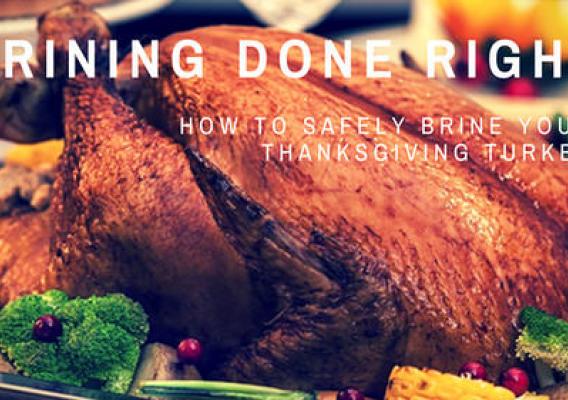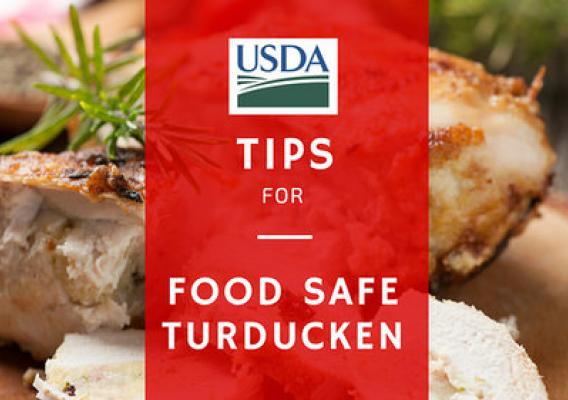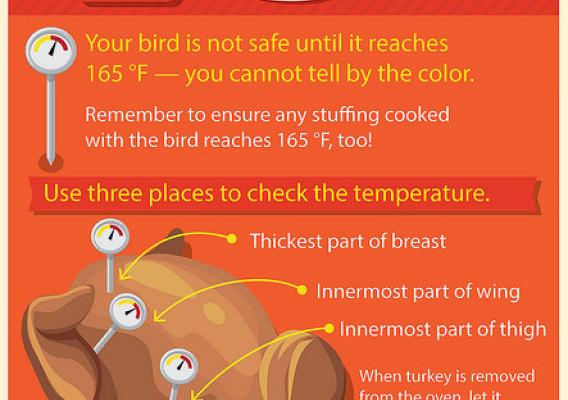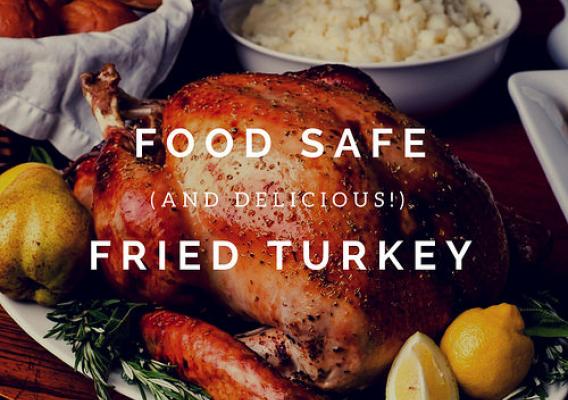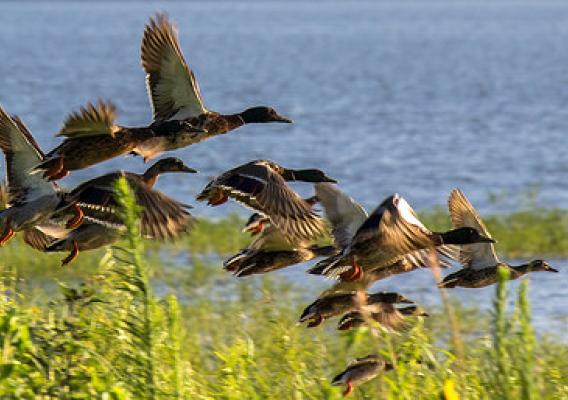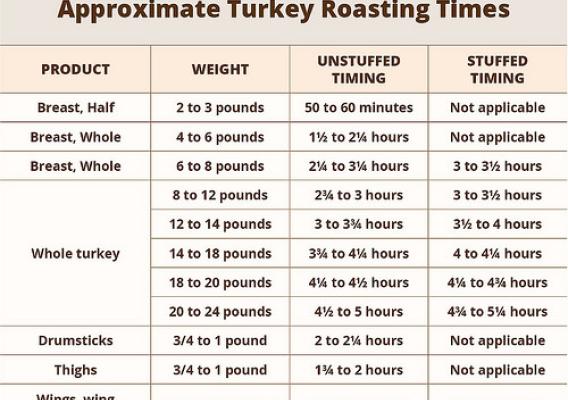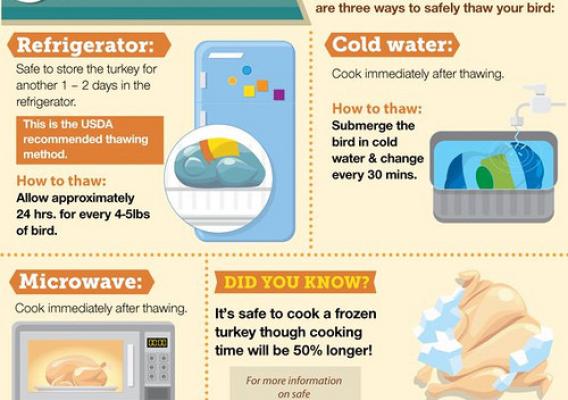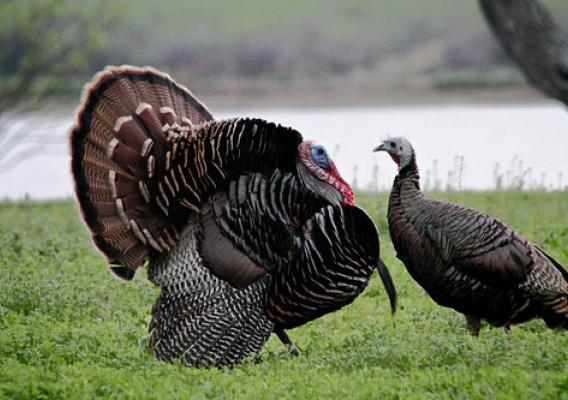Spring brings new life to the fields and forests and wild turkeys are one of the most interesting spectacles this time of year. Male turkeys gobble and strut to attract the attention of hen turkeys. Hens, in turn, go off and lay their eggs- one egg each day until the clutch is complete and the hens then begin incubation.
Unfortunately, this spring more than ever, wild turkeys across the U.S. are facing an increasing threat from a new and rapidly expanding population of nest predators…feral swine. Feral swine, also known as wild pigs, feral hogs, and wild boars, are not native to North America and are the descendants of domestic swine which either escaped or were liberated. In some cases, feral swine are intentionally released to create new hunting opportunities. But these opportunities come at the expense of other wildlife, including ground nesting birds such as the wild turkey. Feral swine are highly adaptable and can learn to seek out turkey nests even before the hen starts incubation, consuming the eggs when left unprotected. When a partially completed clutch is depredated, the hen is forced to start over, depleting vital reserves within herself as well as risking lower nest success and chick survival.

